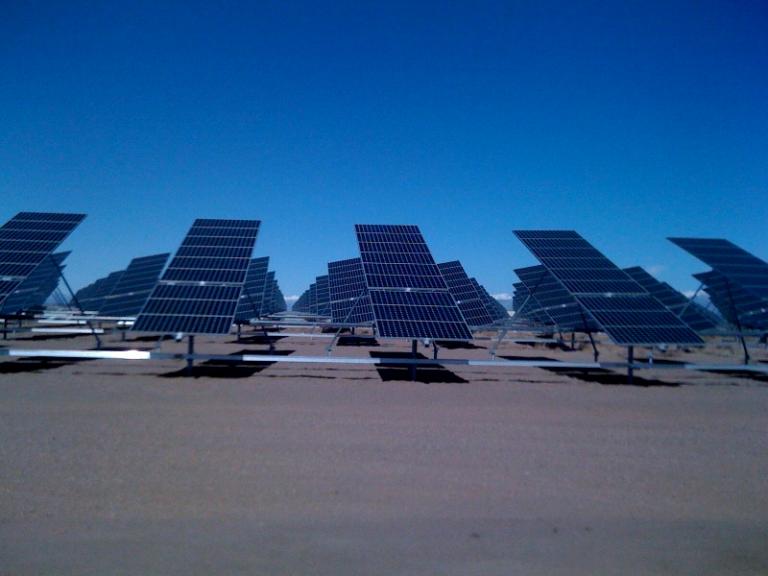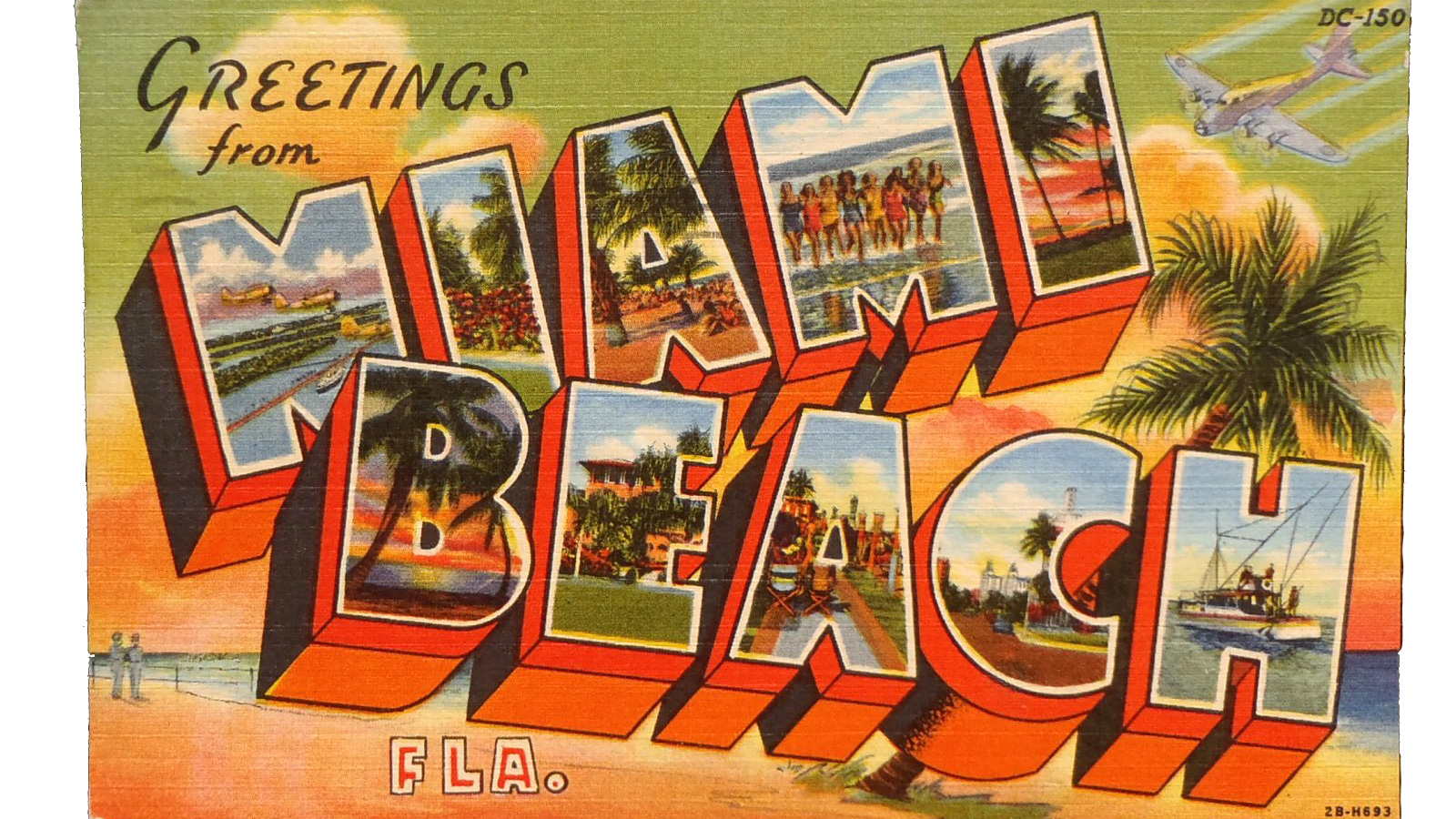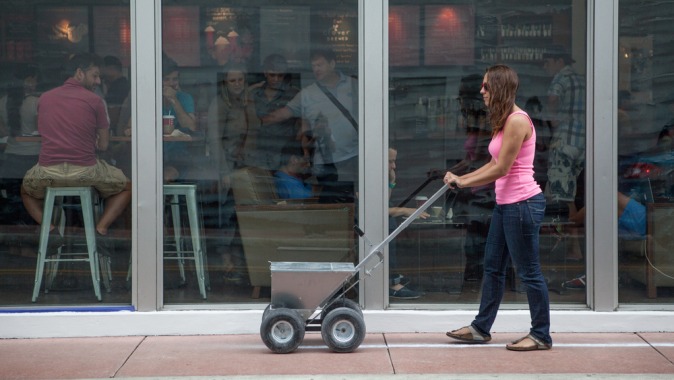It’s 10 o’clock at night, a couple of weeks before Thanksgiving. I’m sitting on the sand in Miami Beach, outside the city proper, eating fish tacos and pondering how it’s come to this.
Overhead, a full moon lights up a swirling nimbus of clouds like one of the hurricanes that occasionally slam into this coastline. At my feet, the surf pounds the shore where the Army Corps of Engineers recently harvested tons of white sand and grafted it onto the shoreline further north, where beach erosion threatened oceanfront condos (total price for the job: $15.8 million).
Suddenly, down the beach, a highrise comes unmoored, calving off of the glittering skyline and sliding into the Atlantic. I leap to my feet, ready to run for high ground, then realize it’s just a massive cruise liner, disembarking from the Port of Miami. My god, those things would make the Pacific Princess look like a glorified canoe.
I may be a little jumpy — cut me some slack, I’m not much of a beachgoer — but here on the edge of the continent, it’s easy to feel like things are coming apart. During my time here, I’ve watched storm drains cough up seawater, looked at climate scientist’s projections of huge swaths of South Florida submerged by rising seas, and listened to locals’ tales of surviving past storms that have reduced entire neighborhoods to rubble.
Miami Beach, which sits on a barrier island across the narrow Biscayne Bay from Miami proper, is quite literally on the front lines of climate change. In all likelihood, most of this buzzing hive of tourists rocking spray-on tans and swilling Snooki’s favorite drink will be waist-deep in water by the end of the century.
And the city itself isn’t far behind. A story in Rolling Stone this summer called Miami a city “on its way to becoming an American Atlantis” — a place that will someday be “a popular snorkeling spot where people [can] swim with sharks and sea turtles and explore the wreckage of a great American city.”
But I’m told that the reality here is more interesting than that — that locals are thinking seriously about how to prepare for the rising seas, that there might be a future here, albeit one where the houses are on stilts and you need a Zodiac to get to the Deco Drive Hookah Lounge. I came to see for myself. And over the next couple of weeks, I’ll tell you what I found.
This also serves as the jumping-off point for my new blog. I’m calling it “Underwater cities,” for a couple of reasons. First, obviously and depressingly, that’s very much where many of our coastal metropolises will be before it’s all over. But also, more optimistically, it evokes a sort of 1950s-comic-book-style utopian dream that we might be able to build a bubble around these pockets of civilization and save all that is wonderful within. (If it also evokes Otoh Gunga, well, I’m sorry.)
I like to think that kind of happy ending is possible, but I’ll say from the outset that I’m going on the assumption — a realistic one, I think — that we’ve missed our chance to turn the tide on climate change. The challenge now is to minimize further damage while preparing for the disaster nuggets we’ve already baked (and continue to bake) into this pie. For cities, this means that being “green” is no longer just a clever marketing ploy. Responding to climate change is now a not-so-simple matter of survival.
Climate change will take on different faces in different places, of course — and I don’t mean to suggest that The End Is Nigh (unless you’re a white lemuroid possum or something, in which case you’re cooked). I’ve come to peace with the fact that my kids will likely experience changes — ecological, economic, social — that may look like something out of a Hollywood disaster movie. That’s just the way it is. The world is changing at a mind-boggling clip. We just have to roll with it. We have to adapt.
I have to wonder, however, as I sit here on these shifting sands, construction cranes jutting toward the stars, whether it’s too late even for that. Our political system, our building codes — hell, our brains — just weren’t designed for this kind of challenge.
As Elizabeth Kolbert wrote in a recent column for the New Yorker, commenting on President Obama’s executive order aimed at prepping the country for climate disasters, “one of the dangers of this enterprise is that it tends to presuppose, in a Boy Scout-ish sort of way, that ‘preparedness’ is possible.”
But like it or not, that’s the hand we’ve dealt ourselves. Walking away from this game is not an option. So hang on tight, kids, and bone up on those scout-tastic survival skills. It’s going to be a bumpy ride — and we’re all going to get wet, literally or otherwise.




